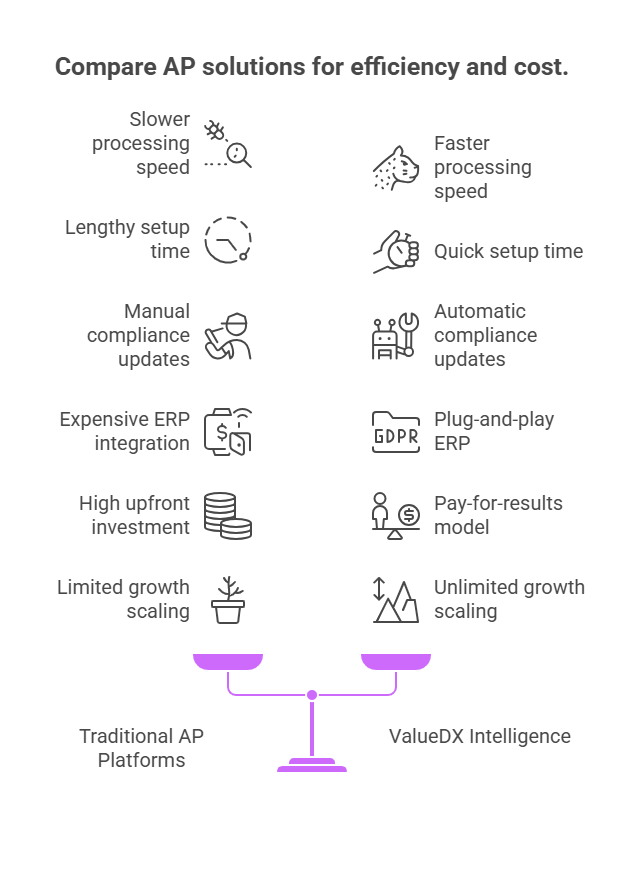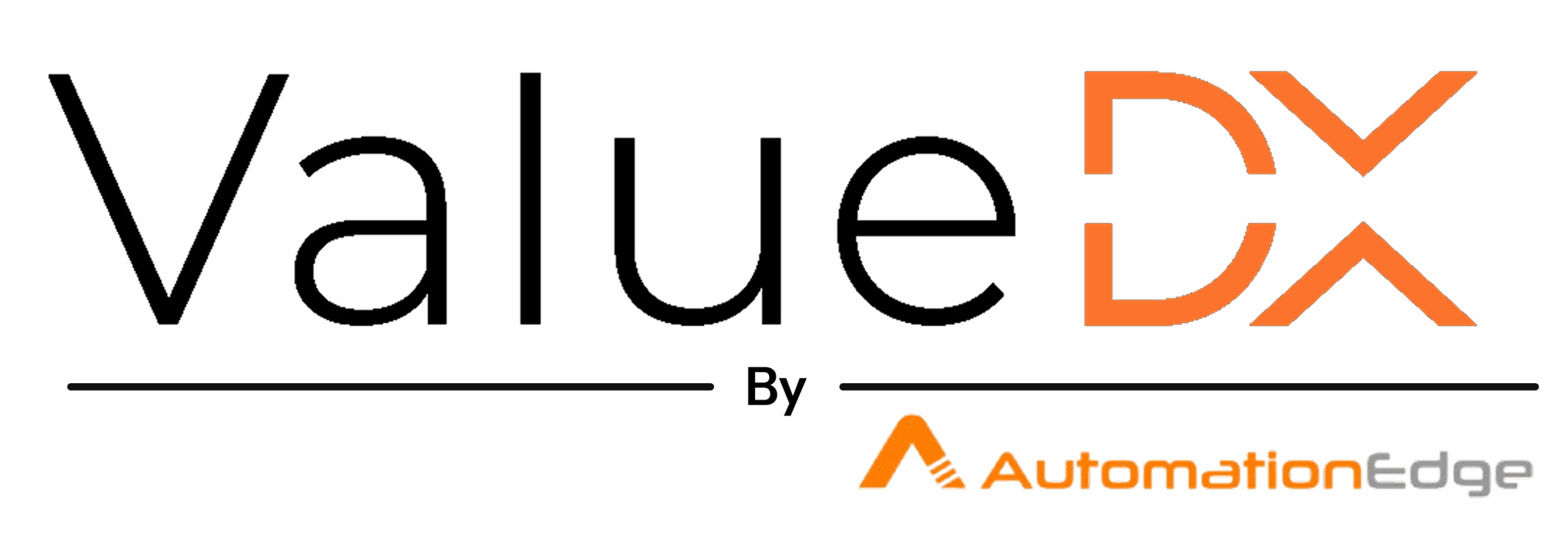
Three weeks back, I sat across from Priya, the Controller at a textile company in Coimbatore. She’s got this defeated look as she scrolls through her phone, showing me screenshots of invoice backlogs. “We bought this Account Payable software thinking it would solve everything,” she says, shaking her head. “Instead, we’re drowning in more problems than before.”
That conversation stayed with me because it’s happening everywhere. Companies drop serious money on AP systems – we’re talking ₹15-30 lakhs – expecting transformation, but getting trapped in digital quicksand instead.
When “Modern” AP Systems Become Yesterday’s Problems
You know what’s wild? Most finance teams think they’ve already automated their AP processes. They point to their software dashboard and say, “Look, we’re paperless now!” But scratch beneath the surface, and you’ll find the same old bottlenecks, just wearing digital clothes.
I’ve walked through dozens of finance departments across Maharashtra and Karnataka. The story’s identical: shiny new interfaces hiding manual grunt work. People are still typing vendor names, double-checking tax calculations, and chasing approvals through email chains.
Last month, I watched an accounts team in Nashik spend four hours processing what should have been a twenty-minute batch of invoices. Their “automated” system couldn’t handle a simple GST amendment, so they had to manually override everything.
The Real Cost of Settling for “Good Enough”
Here’s something nobody talks about: legacy AP systems don’t just slow you down – they actively prevent growth. Every manual workaround becomes a process your team has to remember. Every integration failure creates data gaps. Every compliance miss costs real money.
Take this distributor in Aurangabad I worked with last year. They were using a well-known Account Payable platform that looked impressive in demos. But when India’s e-invoicing requirements changed, their system couldn’t adapt. They ended up paying ₹6.5 lakhs in penalties because their software couldn’t validate the new format requirements.
That’s not automation – that’s expensive manual labor with a user interface.
ValueDX: Rethinking AP Automation from Scratch
What caught my attention about ValueDX wasn’t their technology – it was their approach. Instead of asking “How do we digitize existing processes?” they asked “What if we eliminated the processes that shouldn’t exist?”
I remember visiting their demo facility in Pune. The presenter took a crumpled, handwritten invoice in Marathi and fed it into their system. Within seconds, it had extracted every detail, validated the GST number, calculated TDS, and routed it for approval. No templates, no manual entry, no human intervention.
But here’s the kicker – the system learned from that invoice. The next time they processed something similar, it was even faster.
Side-by-Side Reality Check
Let me show you what I mean with actual numbers from implementations I’ve witnessed:

| Daily Operations | Traditional AP Platforms | ValueDX Intelligence |
|---|---|---|
| Processing Speed | 12-15 invoices per hour per person | 80% reduction in manual workload |
| Setup Time | 4-6 months with system disruption | 3-5 days with zero downtime |
| Compliance Updates | Manual patches, penalty risk | Automatic GST/TDS/e-invoice sync |
| ERP Connection | Expensive custom integration | Plug-and-play with existing systems |
| Investment Structure | ₹20-40 lakhs upfront + annual fees | Pay-for-results, zero upfront cost |
| Growth Scaling | Per-user license costs multiply | Unlimited processing capacity |
The Transformation I Witnessed Firsthand
Let me tell you about Kiran’s experience. He’s the CFO of a pharma company in Hyderabad that switched to ValueDX six months ago.
Week 1: ValueDX engineers integrated with their SAP system. The AP team was processing invoices through the new interface.
Month 1: Processing time dropped from 2 hours per invoice to 5 minutes. Vendors started commenting on faster payment cycles.
Month 3: They handled their highest-volume quarter with the same headcount. Two AP staff moved into financial analysis roles.
Month 6: ₹18 lakhs saved in processing costs. Zero compliance issues despite new TDS rule changes. Vendor satisfaction scores improved by 40%.
Kiran told me: “For the first time in years, my AP team is strategic, not just operational.”
The Technology That Actually Delivers
Here’s what sets Invoice Automation by ValueDX apart: they’ve built genuine artificial intelligence, not just pattern recognition with marketing spin. Their system processes invoices in any format, language, or condition without human setup.
I’ve seen it handle everything from a tea vendor’s handwritten Hindi receipt to complex international invoices with multiple currencies and tax jurisdictions. The system doesn’t just read the data – it understands context, validates compliance, and makes intelligent routing decisions.
The template-free approach eliminates the biggest pain point of traditional AP systems. Instead of spending weeks configuring vendor templates, ValueDX learns and adapts automatically.
Why CFOs Are Making the Switch
The conversation with finance leaders always circles back to control. Legacy systems create dependencies – on vendors, on IT teams, on manual processes. Every change requires projects, approvals, and risk assessments.
ValueDx flips that equation. Their cloud-native architecture means compliance updates happen automatically. New integrations don’t require IT projects. System improvements deploy seamlessly without user disruption.
A CFO in Jaipur put it perfectly: “Finally, technology that works for us instead of against us.”
The Business Impact Beyond Efficiency
What’s remarkable is how modern Accounts Payable automation transforms business operations beyond just automating processing invoices. Companies using ValueDX don’t just work faster – they make smarter decisions.
Real-time cash flow visibility enables better supplier negotiations. Automated compliance reduces audit risk. Multi-channel vendor communication improves relationships. Finance teams shift from data entry to strategic analysis.
It’s not just about cost savings anymore – it’s about competitive positioning.
The Real Risk Assessment
The biggest risk isn’t in adopting new technology – it’s in maintaining systems that limit your growth potential. Every quarter you delay modernization, your competitors gain advantage with better tools.
ValueDx’s outcome-based pricing eliminates traditional technology adoption risks. You invest in results, not promises. Implementation happens in days, not months. Success is measurable from day one.
The question isn’t whether you can afford to upgrade – it’s whether you can afford to stay behind.
Send your sample invoice to info@valuedx.com — we’ll get back to you with the extracted data.
Read our next blog – Click here
Author – Sushrut Ujjainkar

